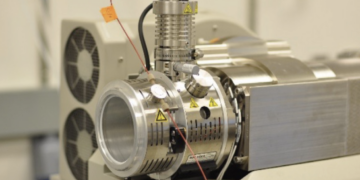ADME / Tox Screening
Protein Binding

Revealing true drug availability
Frontage offers multiple customizable protein binding assays to determine the true amount of available drug responsible for pharmacological activity.
The binding of a drug to plasma (and tissue) proteins is critical to understanding the properties of the drug. This affects pharmacodynamics since only the free (unbound) drug is responsible for pharmacological activity.
Plasma Protein Binding
In most cases, plasma protein binding (PPB) is measured using undiluted human or animal plasma. In some cases, a semi-mechanistic investigation of the roles of certain plasma proteins may offer some insights into understanding compound PK profiles.
Most Common Drug-Binding Proteins:
- Albumin
- Lipoproteins
- Alpha-1-acid glycoprotein (AAG or AGP)
Acidic and neutral compounds generally tend to interact with albumin, while basic substances may prefer binding to the acidic AAG molecule. Frontage has done detailed binding characterizations of compounds to AAG and human serum albumin (HSA).
Tissue Binding
In addition to binding to plasma proteins, drug candidates can also bind to various tissues, such as the brain and liver. The extent of tissue binding may affect the distribution of the drug to the tissue and its duration, both of which are important for safety and pharmacodynamic effects. Frontage labs can process liver, kidney, and many more types of tissues.
Microsome and Hepatocyte Binding
It has been recognized that evaluating the extent of nonspecific binding in the in vitro microsomal or hepatocyte stability assays can improve the accuracy of in vivo metabolic clearance prediction. Knowledge of fuinc has also been shown to be important for the prediction of in vivo drug-drug interactions. Frontage offers microsomal and hepatocyte binding assessments using equilibrium dialysis.
Blood Partitioning
When drugs are lipophilic and can permeate red blood cells, it becomes crucial to assess the blood distribution of compounds. This helps determine the most appropriate matrix for analysis of the compound concentrations in circulation. If there is an accumulation of the compound in red blood cells, this may reduce the amount of available compound needed to cause the desired pharmacological effect.
Resources To Consider


Global Drug Discovery Services Overview

In Vitro ADME Services


